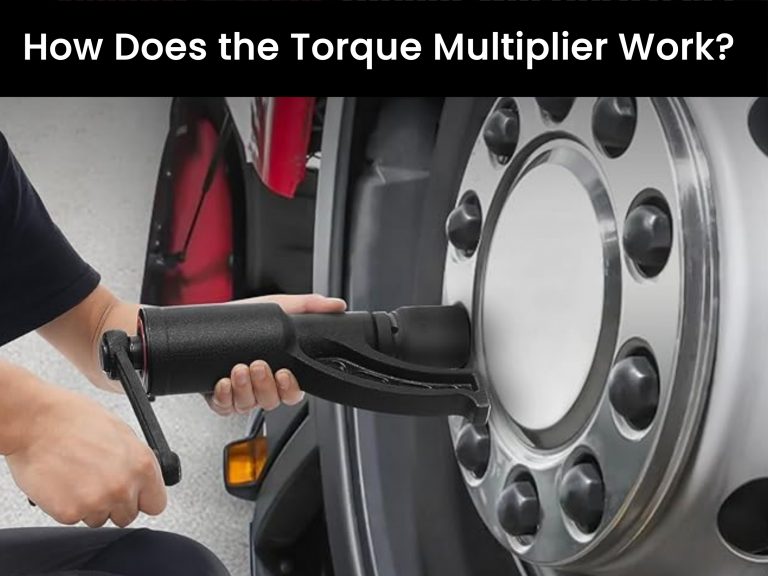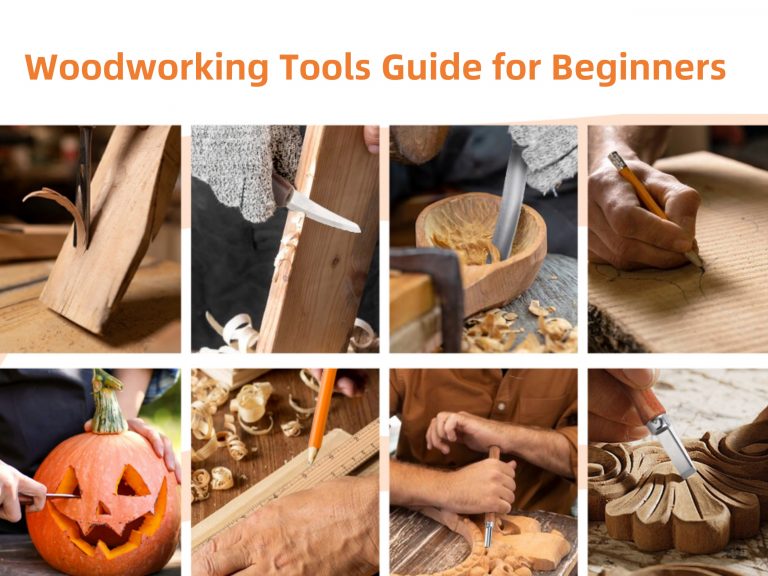An improved model of the conventional handheld torque wrench is the hydraulic torque wrench.
A torque wrench that has been calibrated to measure the torque needed to tighten or loosen a bolt is called a hydraulic torque wrench. George A. Sturdevant created it in 1968. Since then, they have been employed in a variety of sectors, with oil and gas exploration, field construction, and transportation being three of the most notable ones. When working with well-lubricated nuts or fasteners, hydraulic torque wrenches are utilized.
Compared to its pneumatic equivalents, hydraulic torque wrenches are quieter and more portable. These wrenches have a lengthy use life and are quite accurate to the tune of +3%. They are perfect for applications and industries where a high degree of torque precision is required when using big bolts.
Steps to use Hydraulic Torque Wrench
- ADJUSTING THE SETTINGS
You may adjust the torque levels on your new hydraulic torque wrench to suit the needs of your project. Don’t go from the project’s predetermined torque level if one exists. If the torque isn’t mentioned, start at the lowest setting and gradually increase it, being careful not to over-tighten any bolts.
- ASSEMBLE THE COMPONENTS
First, you’ll need to attach the hose’s one end to the power pack and its other end to the wrench. Verify that every fitting has been tightened and that there is a strong connection between every part.
- USING THE WRENCH
If a gasket is needed, make sure it is properly positioned before starting to tighten the torque wrench on the nut. One side of the wrench will include a sizable hole shaped like a hex bolt or nut. Before using, make sure you understand the operating instructions completely.
Once the torque wrench is turned on, let it reach the desired torque level. The wrench will stop when it reaches this level, allowing you to remove it.
A History of Hydraulic Torque Wrenches
George Sturdevant created the first hydraulic torque wrench in 1968, although the idea for them dates back to the early 1960s. Since then, toolmakers have advanced both usability and technology. The physics behind bolted fastening systems has been thoroughly examined by engineers, leading to advancements in the accurate and consistent measurement and application of force.
What came before the Hydraulic Torque Wrench?
1918 saw a New York City Water Department employee get irate over leaks brought on by unevenly tightened flange nuts. He got to work creating a remedy, and to ease these bolting issues, he created the first torque-limiting tool.
The first Hydraulic Torque Wrenches
John H. Sharp submitted the first patent application for the predecessors of the hydraulic torque wrenches that are known today, some 13 years after the torque limiting tool. This ratcheting instrument, known as the “Torque Measuring Wrench,” provided feedback to the user when the required torque was reached.
The early hydraulic torque wrenches were made in an outdated manner, and their exposed gears and moving components made them heavy. This would lead to health and safety problems in the modern society. For example, the first low-clearance tools had two anchors placed on either side of the wrench. They took a lot of time to work with since they were sluggish and heavy, requiring corrections after each application.
Labour Intensive
In the past, the way hydraulic torque wrenches worked was the user pushing a button on the pump, which caused the piston to expand and spin the nut thirty degrees. The piston is then brought back when the operator pushes the “pull” on the pump control. The flange connection would then be completed by repeating this step.
Torque wrenches with Square Drives operated similarly. Operators have to use caution to avoid getting any body parts caught in the open gears or the response area.
Times Have Changed
The more sophisticated instruments that technicians use nowadays may be seen when we take a closer look at the history of hydraulic torque wrenches. More than ever, industrial bolting is becoming more intelligent and user-friendly. Technology has evolved due to advantages such reduced weights, smaller tool dimensions, and the ability to run several tools off of a single pump. Modern progressive safety measures seek to do away with bolting-related accidents, boosting worker safety and boosting business efficiency.
Hydraulic torque wrenches are made to precisely and swiftly complete even the most difficult fastening tasks in the contemporary world, where certain procedures and regulations must be adhered to.
The manual controls of the past have been replaced with automated actuation triggers on the tool and single activation buttons to run a tool via the pump. As a result, bolt tightening is now a much better procedure.
Safety as Standard
Hydraulic torque wrench producers, like HTL Group, now create their instruments with integrated safety features and high-strength, lightweight materials. created specifically to accelerate the process of tightening or loosening bolts while enhancing handling capabilities and operator safety.
HOW TO USE A HYDRAULIC TORQUE WRENCH SAFELY
Like any tool, your hydraulic torque wrench will only do its job when used properly and according to safety precautions:
- When using a hydraulic torque wrench, be sure you are wearing the proper safety gear.
- Wear safety goggles to shield your eyes from flying debris, and make sure your clothes and hair are tucked in. When using a torque wrench, jewelry should not be worn.
- Before utilizing, use your wrench at least three times at full size to make sure all moveable components are operating as intended.
- Take a tight hold of the wrench by the handle rather than the hoses or other connections. Reaction bar and boot should be kept free of hands.
- When applying the final torque, always pull rather than push.
- Never use worn-out or fractured sockets. When using the sockets, keep a safe distance from them to protect yourself in case they break.
- You run the risk of hurting yourself and your wrench by going above the recommended calibration ranges.
- Get your wrench recalibrated if you or anyone else drops it, and have it calibrated by a qualified calibration lab at least once a year.
- Never use a cheater bar to gain an advantage over others. You run the danger of breaking your tool and obtaining false results.
Use a hydraulic torque multiplier for better results.
The Best Hydraulic Torque Wrenches
- Square drive hydraulic torque wrench
- Snap-on the hydraulic wrench set
- Hydraulic line wrenches
- Hydraulic impact wrench
- Enerpac hydraulic torque wrench
Visit our product pages to find the best hydraulic torque wrench for sale. We’re offer the most affordable hydraulic torque wrench price.



